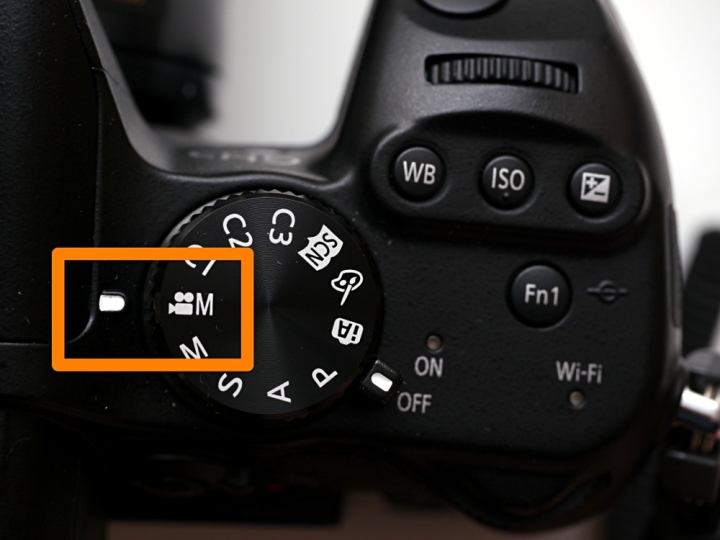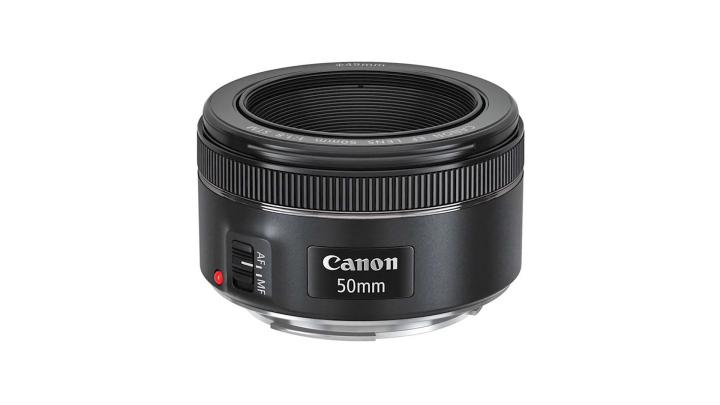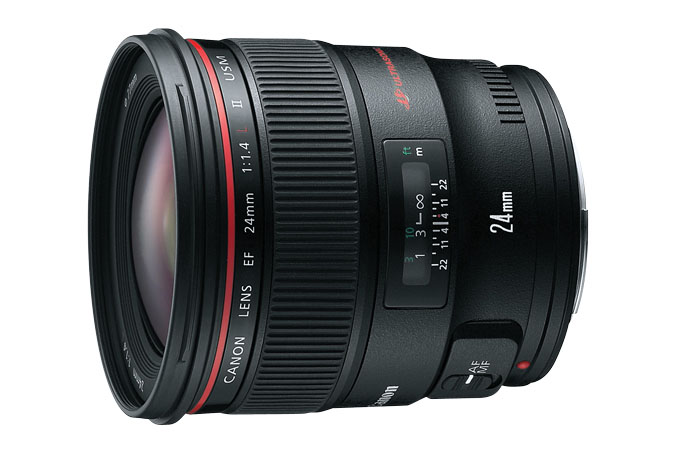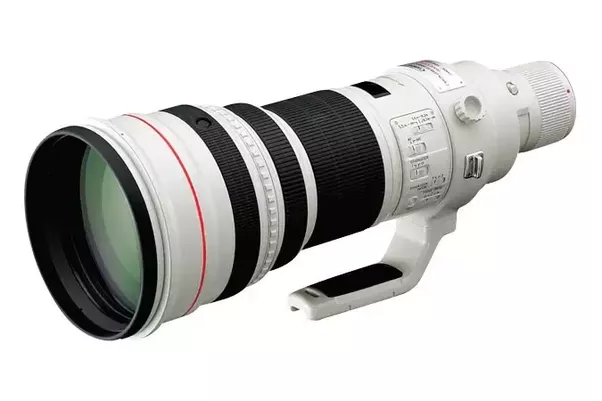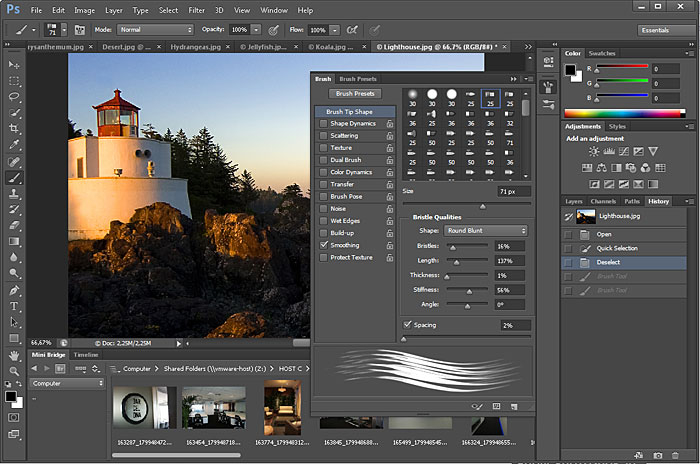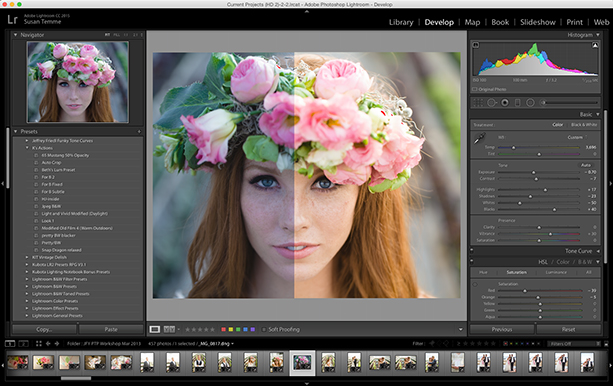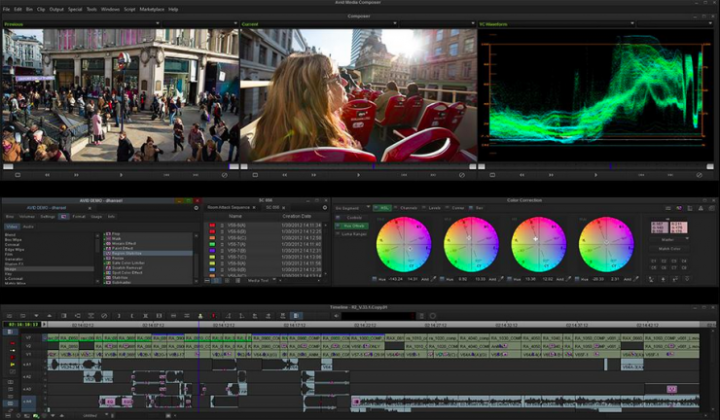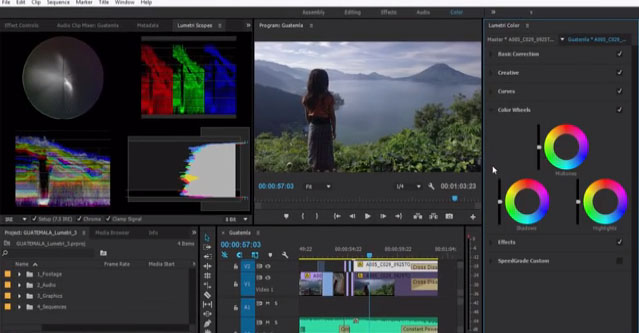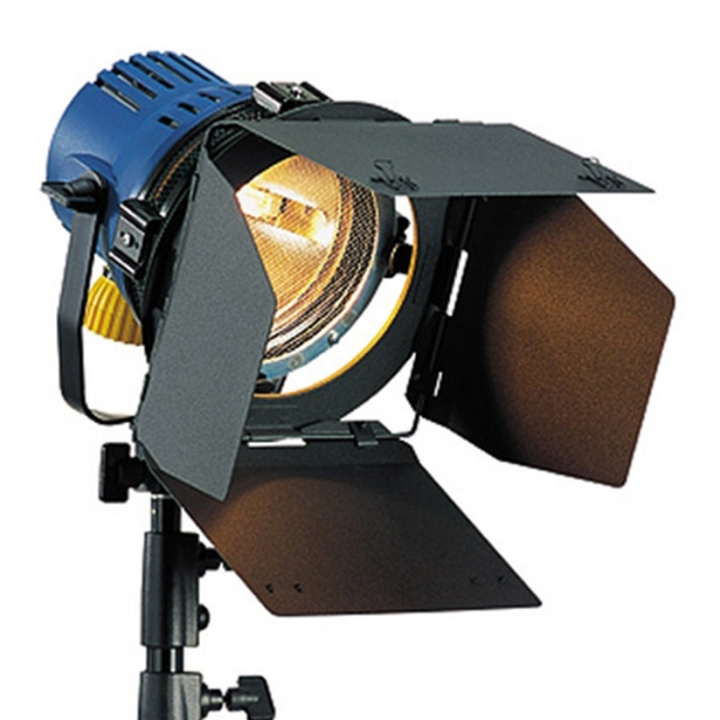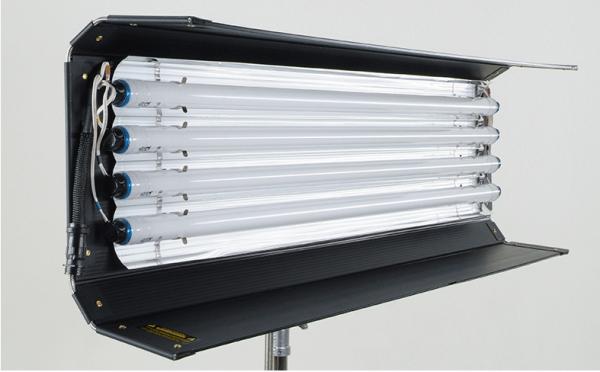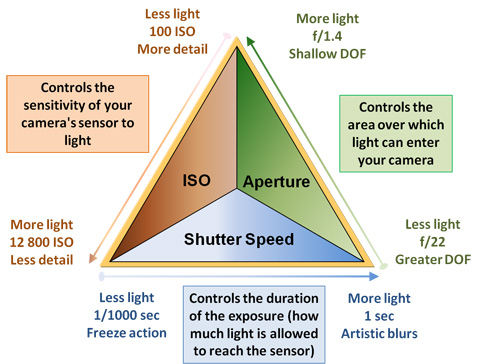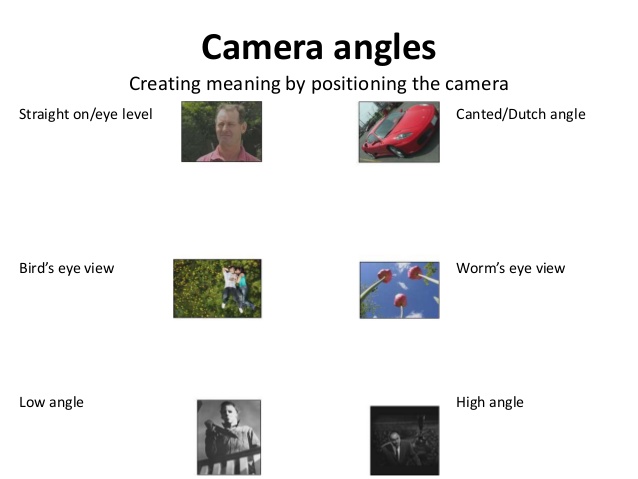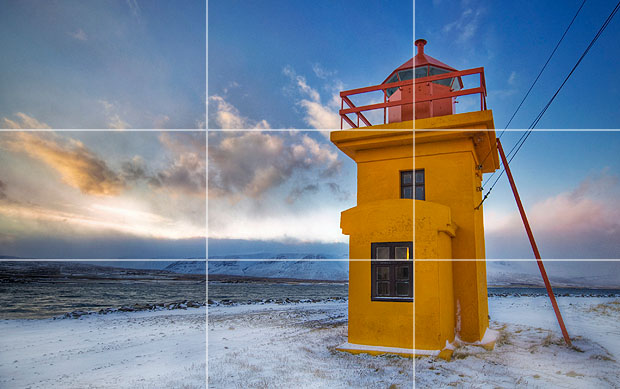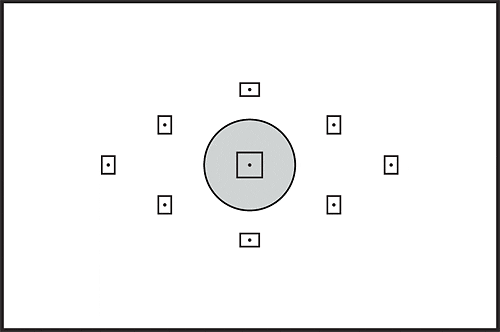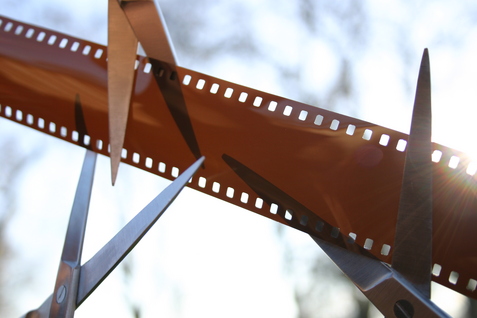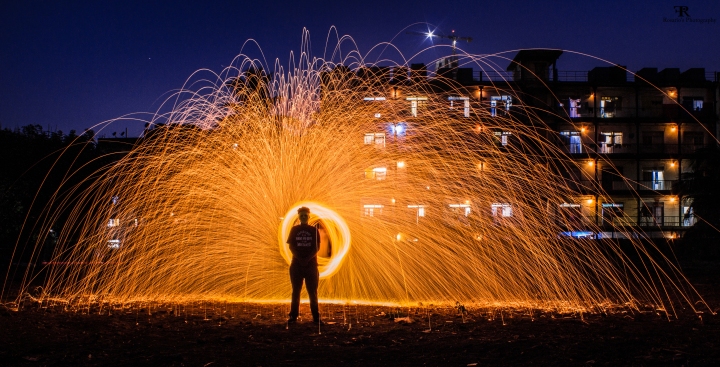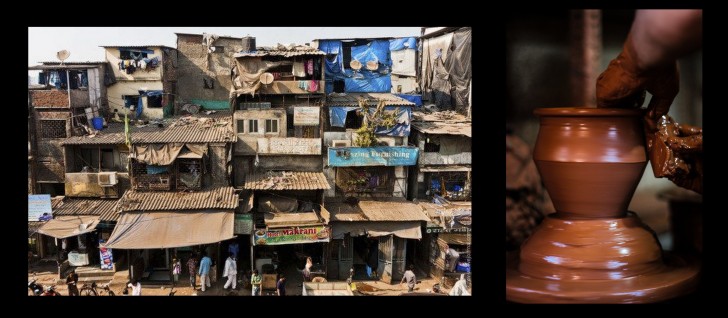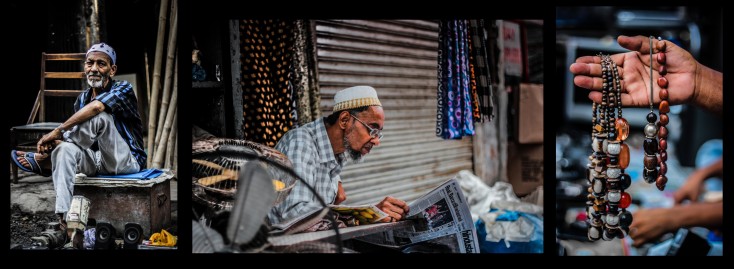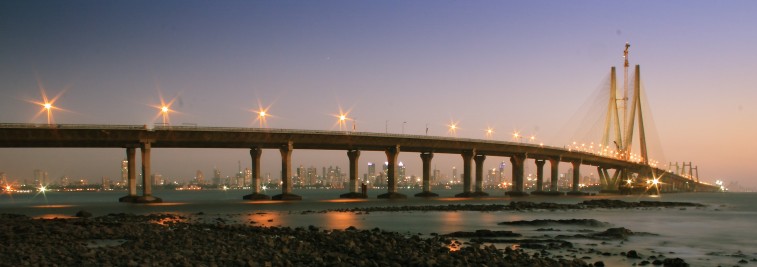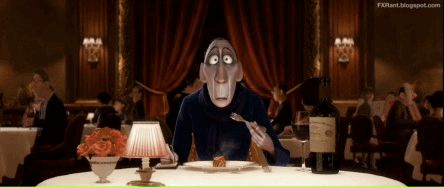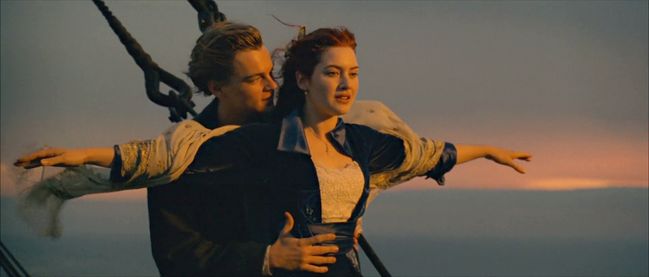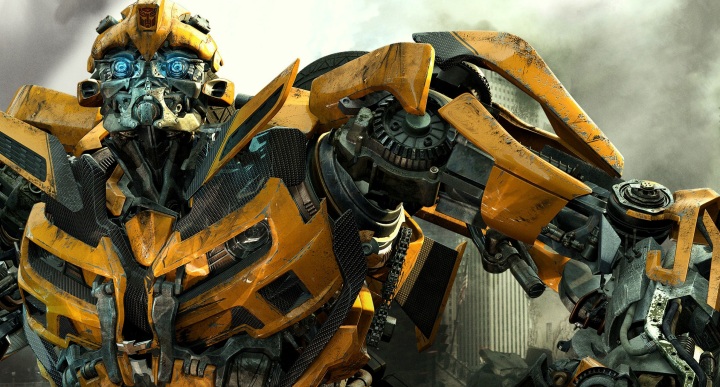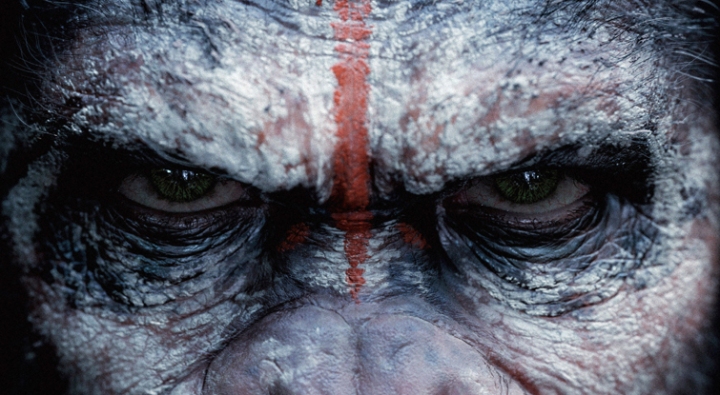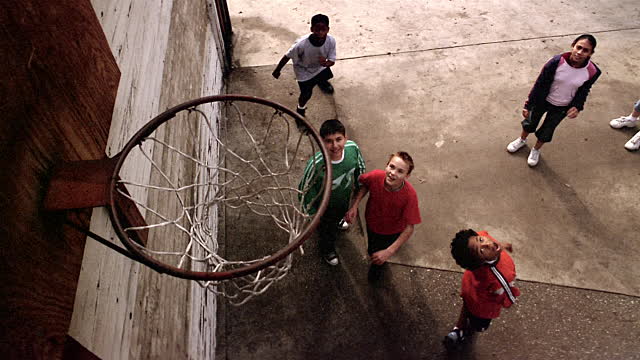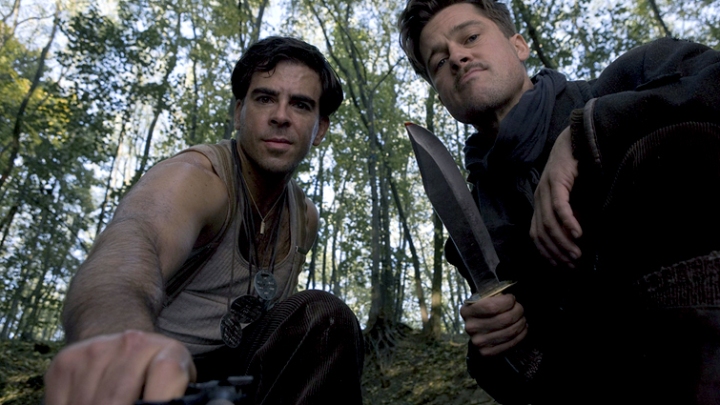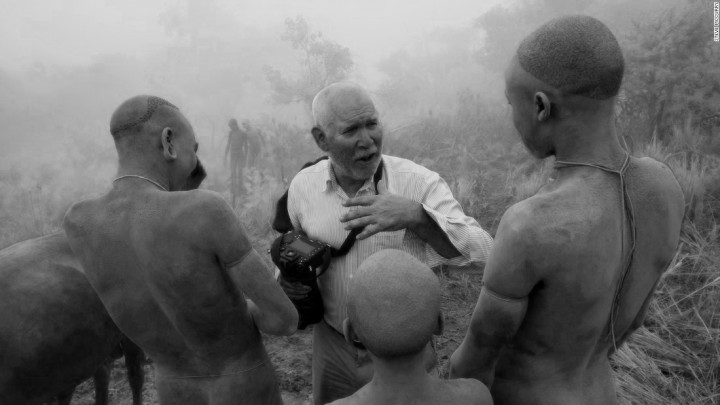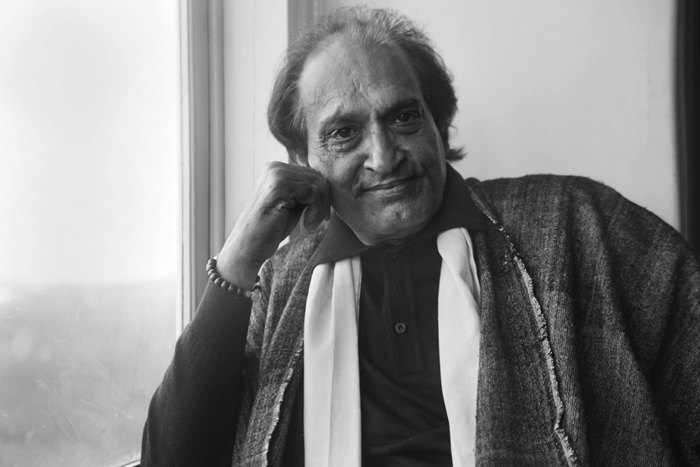Fully Manual Mode
Manual Mode
The term manual itself suggests that every settings is manually controlled. In this mode the camera allows the photographer to have full control over the camera. In manual mode the photographer as to select the ISO, Aperture, Shutter Speed, Flash Settings, Picture Style and White Balance. To control this mode one should have proper knowledge about the exposure triangle. ( Refer to my 3rd blog to understand exposure triangle). This mode allows the photographer the flexibility to set the settings according has he wish.

Semi Automatic Modes
Aperture Priority Mode.
Aperture priority mode is referred as AV mode in canon cameras and A mode in Nikon cameras. This mode gives priority to the aperture settings. It’s a semi-automatic mode in which the aperture is set by the photographer. The ISO and Shutter Speed is set and controlled by the camera. Such modes are useful to control the depth of filed in a image.
Shutter Priority Mode (S or TV)
The shutter priority mode is quite similar to aperture priority mode. In this mode one can select the shutter speed as per the requirement and the camera controls other settings such as the ISO & Aperture. Shutter priority allows the camera to capture moving subject in which fast shutter speed are required. For example sports, Birds flying and Car race. In canon cameras this mode is referred as TV mode and in Nikon it’s known as S mode.
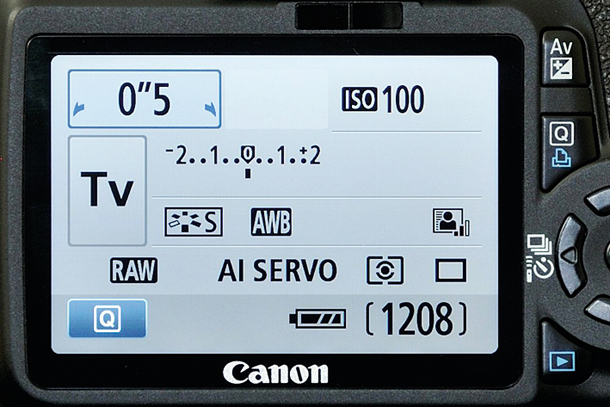
Program Mode (P)
Program mode commonly known as P mode in digital cameras. This mode is quite similar to auto mode but allows the photographer to control over certain camera features such as the ISO, white balance and Flash.

Automatic Mode
Portrait Mode
Portrait mode is great for clicking portraits. In this mode the camera automatically selects large aperture which ensures the background is out of focus and sets a narrow depth of filed. Portrait mode is best when photographing single subject. To get more beautiful shots move closer to the subject or by zooming.
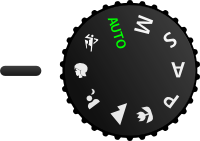
Macro Mode
Macro mode provides huge amount of details in a image. This mode allows the camera to get more closer to the subject to photograph a close up. Macro mode is preferred in photographing images of insects, flowers and small objects. To get more better results make use of macro lens or macro extension tubes.

Landscape Mode
The opposite of portrait mode is the landscape mode. The name itself suggests the mode is great for photographing landscapes. The mode itself sets the camera with large aperture to ensure the entire scene is in focus. At certain times this mode makes use of slow shutter which may result into a shaky image it’s better to have a tripod.
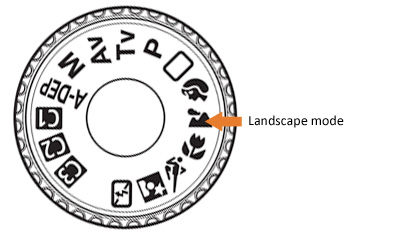
Sports Mode
Sports mode useful in capturing fast or action photographs. This mode sets a higher shutter speed so it can freeze the action and avoids blurry images. This mode works best in capturing sports or anything in action.

Night Mode
Night mode generally preferred while photographing in low light. Night mode is also known as slow shutter sync. This mode sets the camera in slow shutter speed so the image obtained is bright and not dark. It also makes use of flash to illuminate the foreground.

Movie Mode
This mode can be controlled manually and automatically. Movie mode allows the camera to capture motion images.Modern cameras have the feature of movie mode which allows to record video and sound. Modern technology provides a great option of shooting HD footages in this mode. Remember videos make use of more space in the memory storage.
